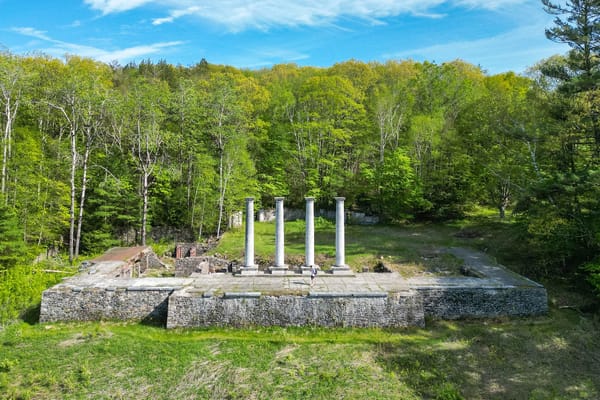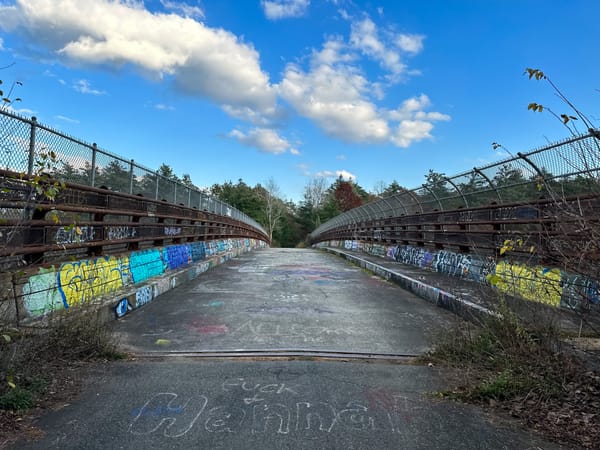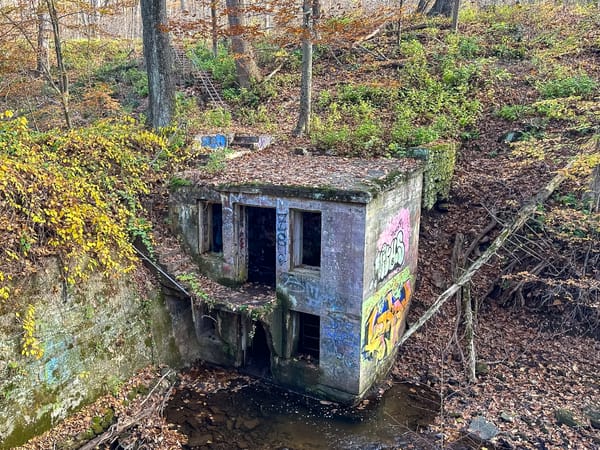Camp Nepaug (Burlington, CT)
Deep within Nassahegon State Forest in Burlington, Connecticut, the quiet woods conceal the forgotten remains of Camp Nepaug.
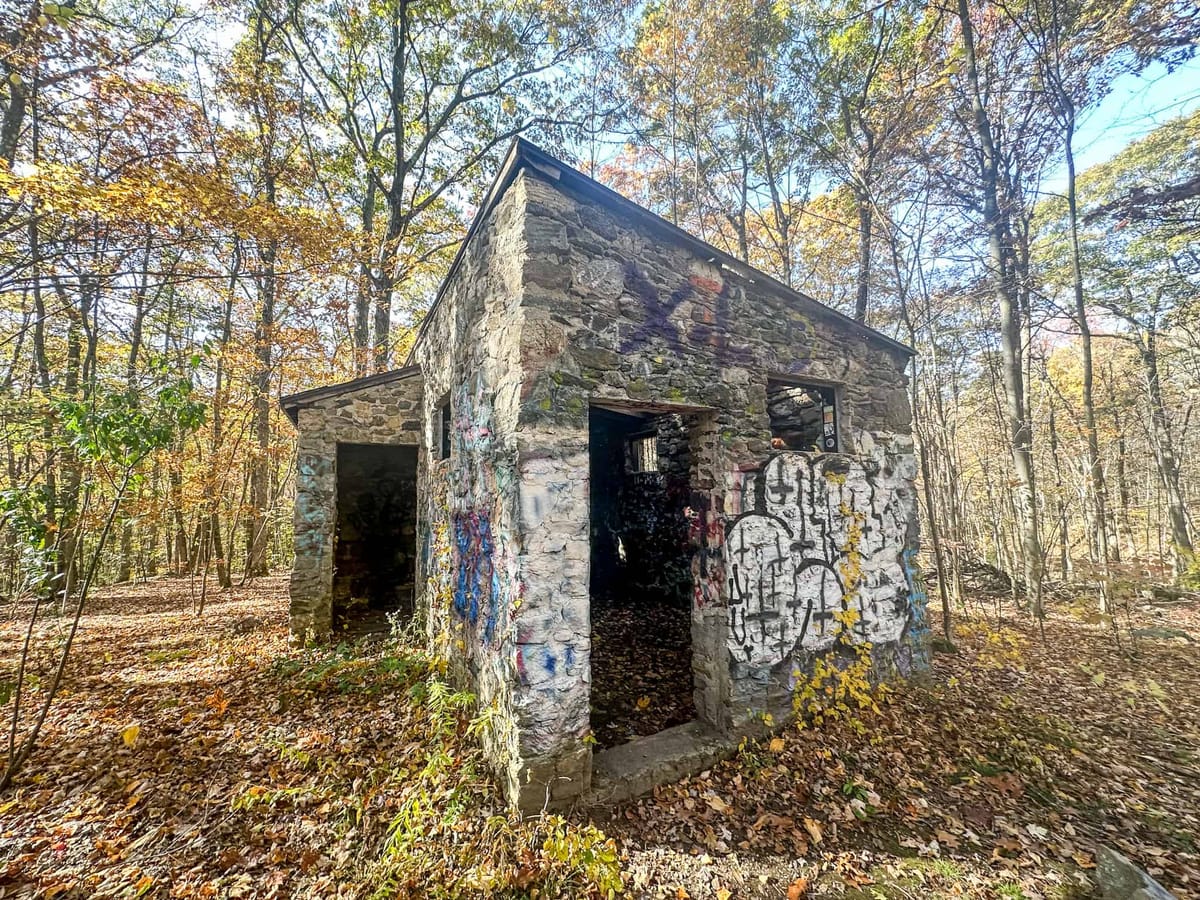
Abandoned Camp Nepaug – Forgotten Depression-Era Work Camp in Burlington, Connecticut
Deep within Nassahegon State Forest in Burlington, Connecticut, the quiet woods conceal the forgotten remains of Camp Nepaug — a relic of America’s Great Depression. What was once a bustling government work camp for men seeking shelter and stability has now become an eerie but fascinating destination for history buffs and explorers.

A Refuge During Hard Times
Camp Nepaug was established in the early 1930s by the Federal Transient Bureau, an agency created under President Franklin D. Roosevelt’s New Deal to help combat homelessness and unemployment during the Great Depression.
The camp offered refuge to single, older men who had lost their jobs and homes amid the economic collapse. For 24 hours of labor per week, each man received a clean bed, three meals a day, and a modest wage. Work included maintaining trails, cutting firewood, and performing forest management — tasks that not only sustained the camp but also benefited the surrounding community.
However, life at Camp Nepaug wasn’t easy. The camp enforced strict rules, and those who caused trouble faced time in a small stone holding cell — the camp’s version of a jail.
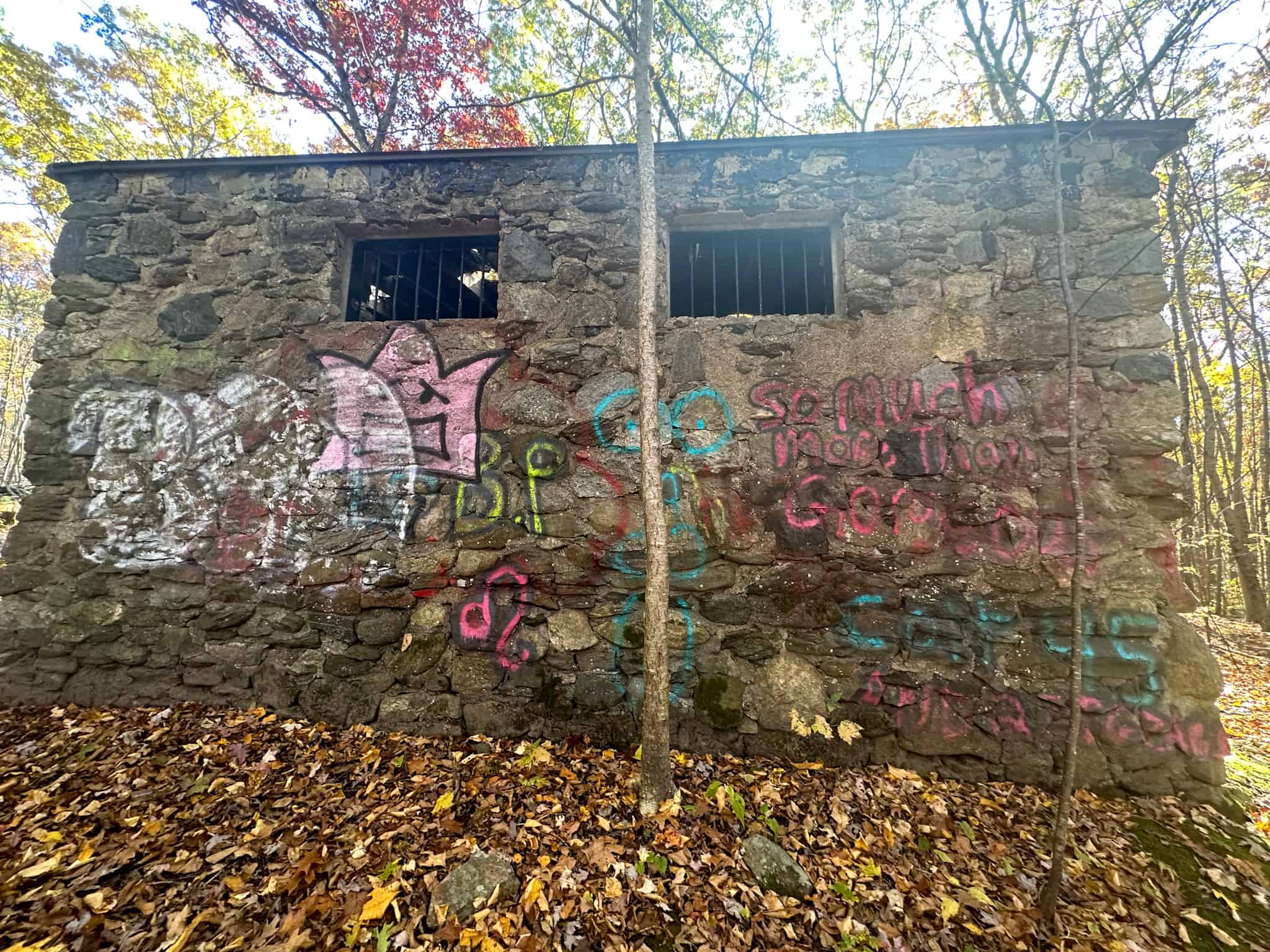
Life at Camp Nepaug
At its peak, Camp Nepaug was more than a simple shelter. It functioned as a self-contained community featuring:
- 🏠 Two large barracks and a dormitory
- 🍽️ A dining hall and kitchen
- 🧊 An ice house and incinerator
- 🧰 A garage and pump house
- 🏡 A director’s home and log cabin
- 🏫 A small classroom for skill training
The Works Progress Administration (WPA) — one of the largest and most influential New Deal programs — managed the camp’s day-to-day operations, providing structure and purpose to hundreds of displaced men across Connecticut.
Camp Nepaug stood as a symbol of hope during a time of despair, offering a chance for men to regain dignity through work, education, and stability.
Decline and Abandonment
By 1936, as economic conditions improved, the Federal Transient Bureau began shutting down many of its camps, including Camp Nepaug. Residents were relocated or left to seek new opportunities, and the once-bustling site gradually fell silent.
Over the following decades, the forest reclaimed the land. Most of the wooden barracks rotted away, and concrete foundations sank beneath layers of moss and leaves. Only the stone jail, remarkably intact, survived — its weathered fieldstone walls and iron-barred windows serving as a haunting reminder of the camp’s strict discipline and austere conditions.
Exploring the Ruins Today
Today, Camp Nepaug’s ruins remain hidden within the dense woodlands of Nassahegon State Forest, accessible just off Stone Road. Visitors can still find the stone jail, along with remnants of foundations, chimneys, and rusted debris scattered through the forest.
While the site is not officially maintained or marked, the old jail sits close enough to the road to be easily visible — a moss-covered monument to a forgotten chapter of Depression-era America.
Those who venture deeper into the woods can still uncover faint traces of where the barracks, dining hall, and pump house once stood. The sense of quiet isolation makes the experience both reflective and eerie.
⚠️ Safety Tip: As with all abandoned sites, visitors should explore cautiously. Some structures may be unstable, and footing can be uneven.
Visiting Camp Nepaug
- 📍 Address: Stone Road, Burlington, Connecticut
- 🌐 GPS Coordinates: 41.753639, -72.941222
- 🅿️ Parking: Pull-off parking spaces are available along Stone Road, directly beside the ruins
- 🚶♂️ Access: The old jail cell is visible from the road; trails nearby lead into the forest for further exploration
- 🕰 Hours: Open daily, dawn to dusk (as part of Nassahegon State Forest)
Quick Facts
- 🏗 Built: Early 1930s
- 🏚 Operated By: Federal Transient Bureau / WPA
- 👷 Purpose: Shelter and employment for homeless men during the Great Depression
- 🪓 Workload: 24 hours per week for housing, meals, and pay
- ⛓️ Notable Feature: Stone holding cell (jail)
- 🏕 Facilities Once Included: Barracks, dining hall, classroom, ice house, and incinerator
- 🕯 Closed: 1936
- 🌲 Now Part Of: Nassahegon State Forest
Final Thoughts
The abandoned Camp Nepaug is more than just another set of ruins in the Connecticut woods — it’s a poignant time capsule from one of the most difficult eras in American history. The crumbling stone jail and faint foundations remind visitors of the resilience of the men who once lived and worked here in search of stability and hope.
Whether you’re drawn by history, photography, or simple curiosity, Camp Nepaug offers a hauntingly beautiful journey into the past — a reminder that even in hardship, communities once came together to survive and rebuild.

